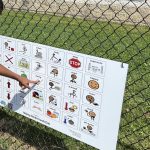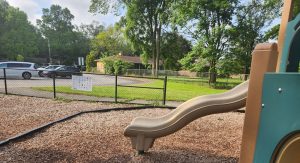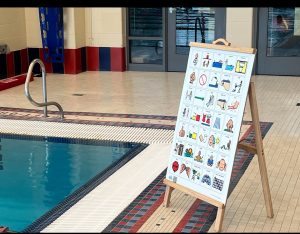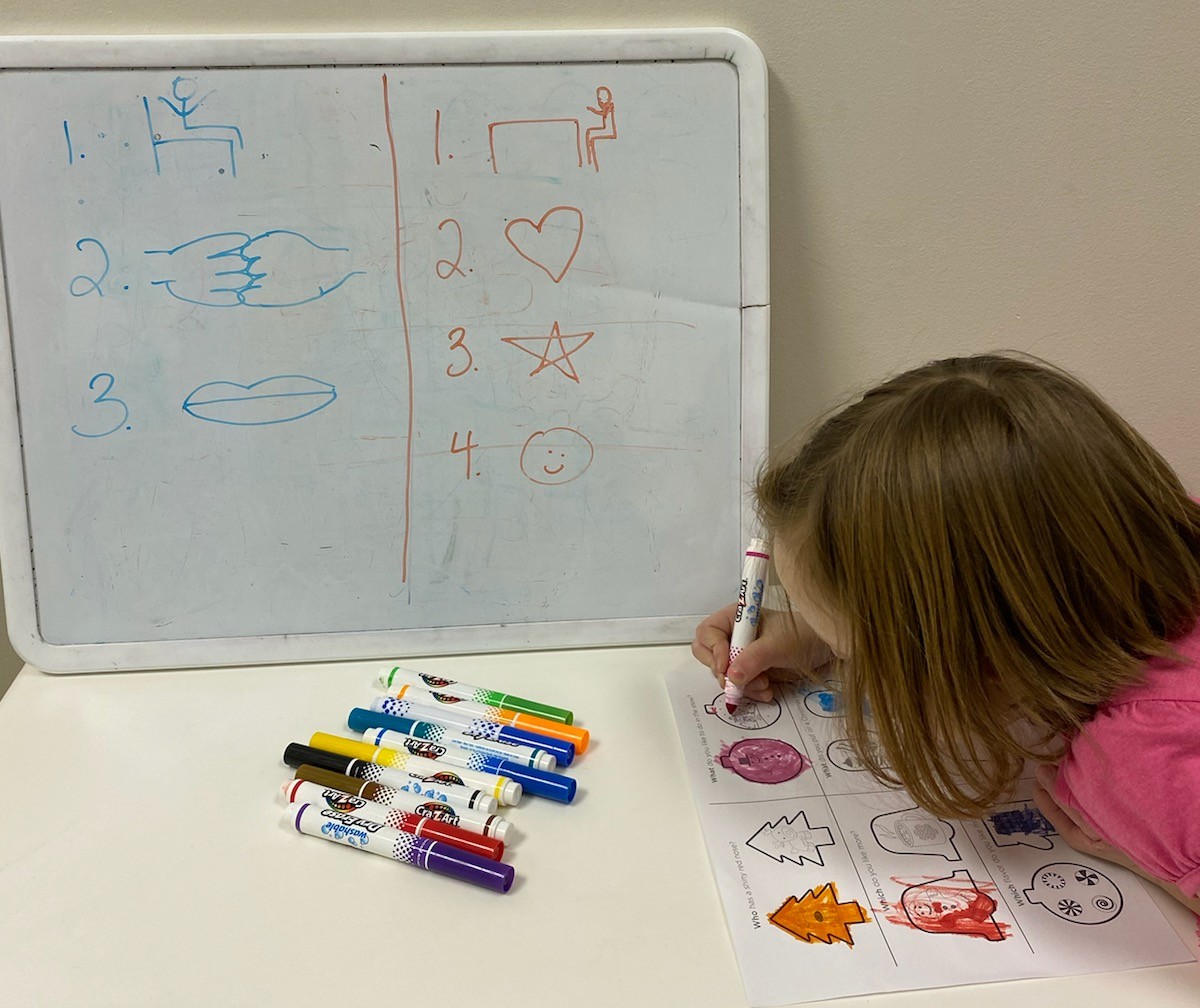
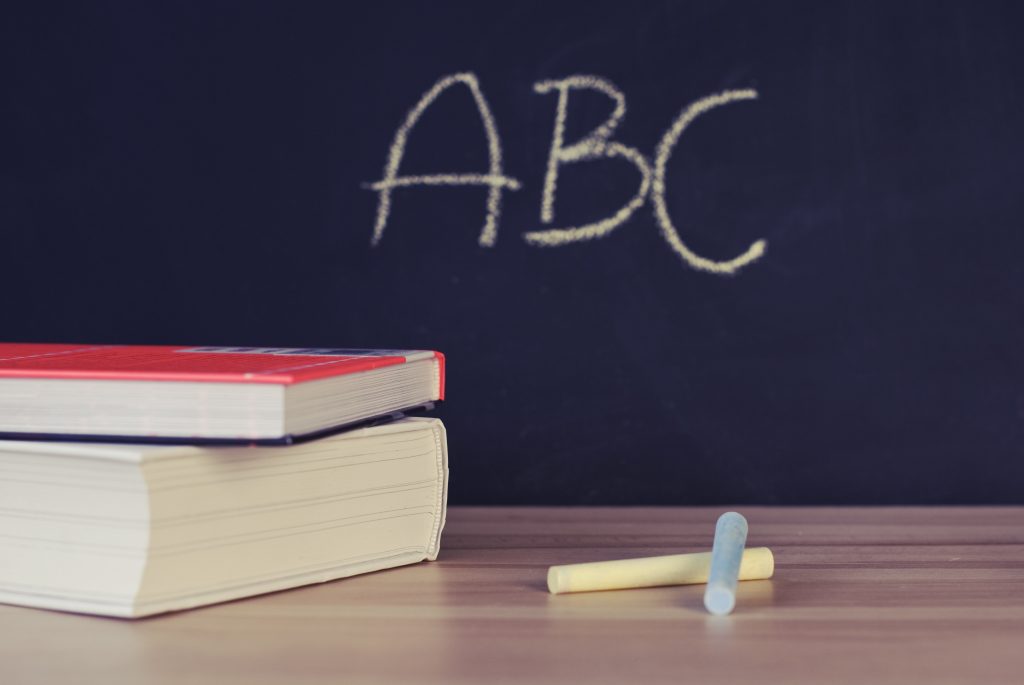
Preparing for a new school year can be both exciting and overwhelming. With a bit of planning and some practical tips, we can make this transition smoother and more enjoyable for both you and your child. Here’s a comprehensive guide to help you get ready for the upcoming school year.
Start with a Positive Mindset
First and foremost, approach the new school year with a positive mindset. Your attitude can significantly influence your child’s perception of school. Talk about the new school year as an exciting adventure filled with opportunities for learning and making new friends. Celebrate the small milestones along the way and remind your child that it’s okay to feel a bit nervous – everyone does!
Review the IEP or 504 Plan
Take some time to review your child’s Individualized Education Program (IEP) or 504 Plan. Make sure you’re familiar with the goals, accommodations, and services outlined in the plan. If there have been any changes in your child’s needs or if you have concerns, now is the time to communicate with the school and request a meeting to update the plan.
Meet with the Teacher and Support Staff
Arrange a meeting with your child’s teacher and any support staff (such as special education teachers, speech therapists, or occupational therapists) before or very soon after the school year begins. This is a great opportunity to discuss your child’s strengths, needs, and any specific strategies that have worked well in the past. Share any relevant medical or therapy information and ensure that everyone is on the same page.
Create a Consistent Routine
Children thrive on routine, and having a consistent schedule can help reduce anxiety. Start establishing a school-year routine a few weeks before school starts. This includes setting regular wake-up and bedtime hours, practicing the morning routine, and incorporating after-school activities. Consistency helps your child know what to expect and can make the transition back to school smoother.
Practice School Skills at Home
Spend some time practicing school-related skills at home. This might include:
- Following Directions: Play games that involve following multi-step directions.
- Social Skills: Role-play common social situations, such as introducing themselves, asking for help, or taking turns.
- Academic Skills: Engage in fun, educational activities that reinforce what they’ve learned in previous years. This could be reading together, practicing math skills, or exploring new topics of interest.
Prepare a Communication Plan
Develop a communication plan to stay in touch with your child’s teacher and support staff throughout the year. Regular communication can help you stay informed about your child’s progress and any challenges they may face. Discuss the best ways to communicate (email, phone calls, meetings) and set up a schedule for regular updates.
Set Up a Homework Station
Create a dedicated homework station where your child can focus on their schoolwork. This space should be quiet, well-lit, and free from distractions. Stock it with all the necessary supplies, such as pencils, paper, and any assistive technology they may use. Having a designated space can help your child associate that area with learning and concentration.
Encourage Independence
Foster your child’s independence by encouraging them to take on age-appropriate responsibilities. This might include packing their backpack, choosing their clothes for the next day, or setting the table for meals. Building independence helps boost their confidence and prepares them for the responsibilities of the school year.
Practice Self-Advocacy
Teach your child self-advocacy skills, so they feel empowered to express their needs and ask for help when necessary. Role-play scenarios where they might need to speak up, such as asking for a break, requesting clarification on an assignment, or reminding a teacher about an accommodation in their IEP. Self-advocacy is an important skill that will serve them well throughout their life.
Prepare for Sensory Needs
If your child has sensory needs, make sure you have a plan in place to address them at school. This might include sensory breaks, access to sensory tools (such as fidget toys or noise-canceling headphones), or a designated quiet space. Communicate with the school staff about your child’s sensory needs and collaborate on strategies to support them.
Pack a Comfort Item
Sometimes, having a small comfort item can help ease anxiety and provide a sense of security. This could be a favorite stuffed animal, a piece of clothing that smells like home, or a photo of the family. Make sure the school is aware of the item and its significance to your child.
Plan for Transitions
Transitions can be challenging for children with special needs. Help your child prepare for the transition to a new classroom or school by visiting the school ahead of time, meeting the teacher, and exploring the new environment. Create a social story or visual schedule to help them understand what to expect. Practice the route to and from school if it’s new, and talk through any changes in their daily routine.
Focus on Strengths
Celebrate your child’s strengths and accomplishments. Every child has unique talents and abilities, and focusing on these can boost their confidence and motivation. Share your child’s strengths with their teacher and support staff, and encourage them to incorporate these strengths into their learning experiences.
Develop a Support Network
Connect with other parents of children with special needs. Having a support network can provide valuable resources, advice, and emotional support. Join local parent groups, attend school meetings, and participate in community events to build relationships with other families who understand your journey.
Stay Flexible and Patient
Finally, stay flexible and patient. The beginning of a new school year can bring unexpected challenges, but with patience and a positive attitude, you and your child can navigate them successfully. Remember that it’s okay to ask for help and to adjust your plans as needed.
Bonus Tips for a Smooth Start
- Label Everything: Label your child’s belongings, including clothing, school supplies, and lunch containers, to prevent them from getting lost.
- Plan Healthy Lunches and Snacks: Prepare nutritious meals and snacks that your child enjoys and can easily manage on their own.
- Establish a Morning Routine: Create a morning routine that allows for a calm, stress-free start to the day. Include plenty of time for breakfast and getting ready.
- Stay Positive: Maintain a positive outlook and remind your child that the new school year is an exciting opportunity to learn and grow.
Conclusion
By following these tips and preparing ahead of time, you can help your child have a successful and enjoyable school year. Remember, you’re not alone in this journey. Reach out for support when needed, and celebrate each step forward, no matter how small. Here’s to a fantastic school year filled with learning, growth, and joy!



